







November 29, 2023
When we embark on an international journey, we often focus on the excitement of exploring new destinations, the adventure that awaits, and the cultural experiences we will encounter. But have you ever wondered about the intricate coordination and behind-the-scenes work required to make international flights a reality? The Gander International Flight Service Station plays a crucial role in ensuring that your journey is safe, smooth, and efficient.
As the aviation industry continues to evolve, one institution stands strong, serving as a cornerstone of international air travel. The Gander International Flight Service Station (IFSS), commonly referred to as Gander Radio, known for its unwavering commitment to safety, efficiency, and customer service, is celebrating its remarkable 85th anniversary. Since its inception, the IFSS has played a pivotal role in facilitating the global movement of people and goods.
Reaching an 85th anniversary is a testament to Gander Radio’s enduring commitment to excellence. Throughout its long history, it has consistently adapted to the changing needs of the aviation industry, while always maintaining a focus on safety and efficiency.
As the world becomes increasingly interconnected through international travel, the station's role in ensuring the safety of passengers and cargo remains more critical than ever. Its continuous efforts to embrace modern technologies and improve coordination make it a vital player in the global aviation landscape.
Today, more than 50 NAV CANADA employees cover the North Atlantic and Northern part of Canada’s airspace to the North Pole and as far west as Anchorage Alaska. The people behind Gander Radio provide en-route and emergency communications, weather and safety information, relay time-sensitive information between air traffic controllers and pilots, and other aeronautical services (NOTAMs, PIREPs, etc.).
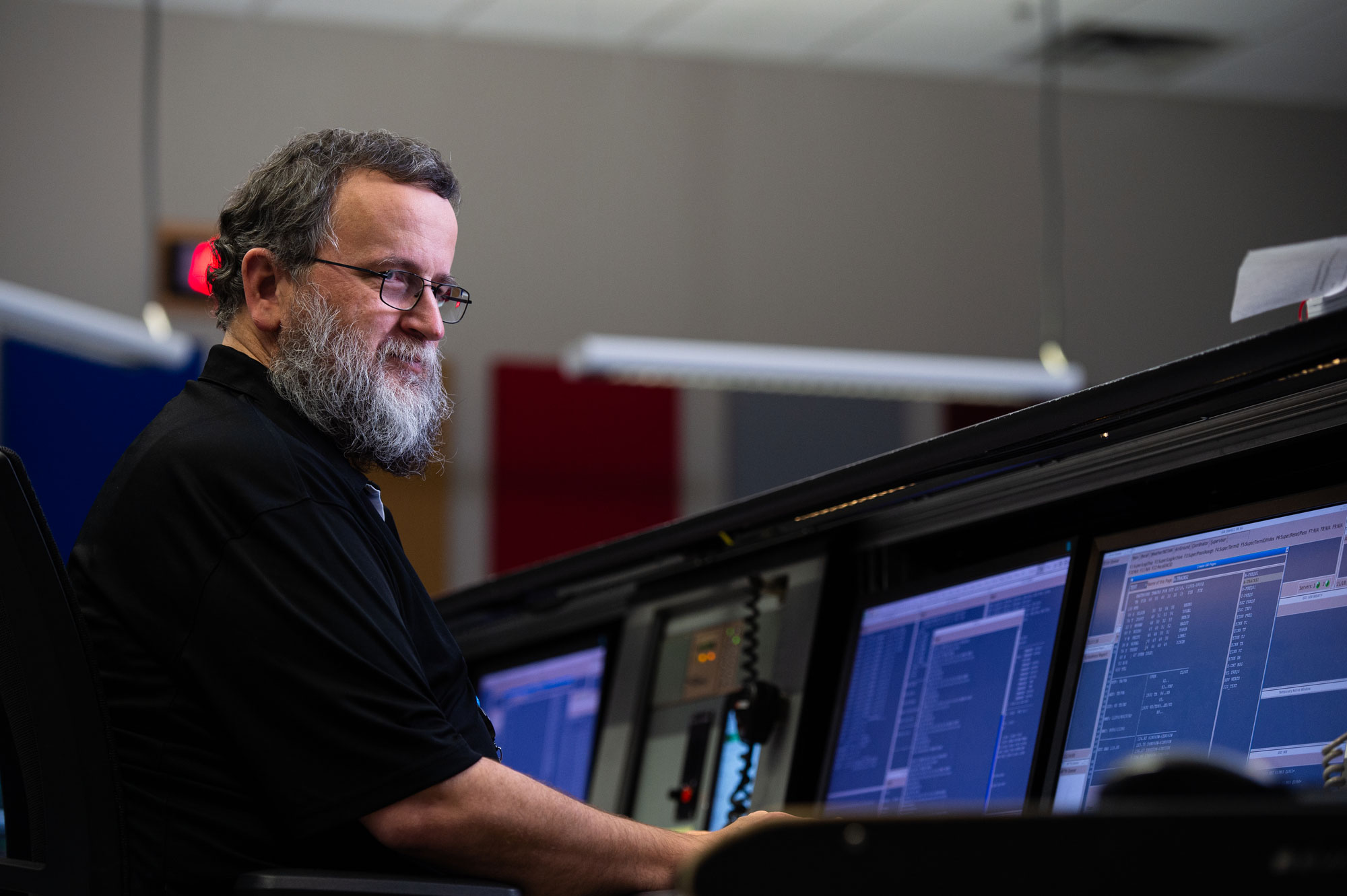
NAV CANADA monitors high-frequency communications in approximately 6.5 million sq km of airspace and must be familiar with all of it.
In the summertime, the IFSS supports an average of 1,500 flights per day that carry about 375,000 people.
IFSS employees listen to static 24 hours a day 7 days a week.
The majority of the IFSS shifts are during the evening and night.
Why high frequency (HF) you ask? Very high frequency (VHF) is normally crystal clear but has a usable range limited to the line of sight between the transmitter and receiver (a couple hundred kilometers typically). HF on the other hand can be used over thousands of kilometers because the signals bend around the earth. The trade-off in distance coverage is that the signal can be extremely weak and accompanied by a lot of other noise on the frequency.
All communications received over the HF, VHF interphones, etc., are entered into NAV CANADA’s GIA system and disseminated via AFTN to worldwide aeronautical stations. The IFSS team can type fast!
On any given day, seven operators work in the day, eight at night, plus six people covering midnight shifts.
In emergency situations on aircraft, the last thing to go out is typically the radio. The IFSS is the friendly voice that will help pilots through challenging situations.
Gander’s IFSS is the only International FSS in Canada (1 of 5 on the North Atlantic).
NAV CANADA’s IFSS works traffic in four Flight Information Regions (FIR): Edmonton, Montreal, Anchorage, Gander Domestic and Oceanic FIRs.
The IFSS provides aeronautical services to pilots in three countries: Canada, USA, and France.
The team in Gander regularly exchanges messages with nine area control centres and six network radio stations representing seven countries: Canada, USA, Russia, Iceland, UK, Portugal, and Denmark.
“Sometimes you can hear fishermen and other conversations in all different languages, but don't know where in the world they are,” says Jennifer Bath, International Flight Service Specialist Team Supervisor, NAV CANADA.
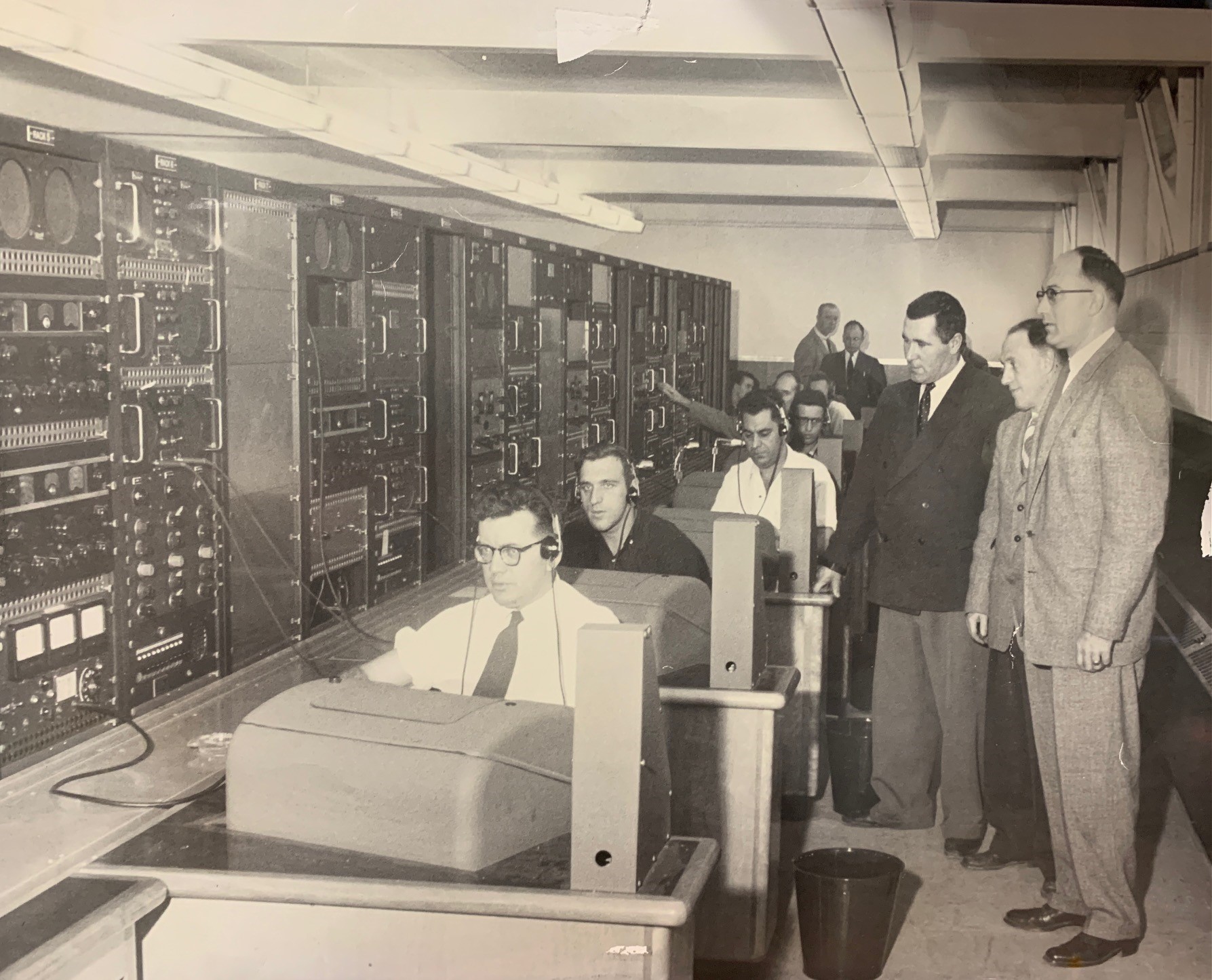
Gander Radio began in 1938 when the one-year-old operation moved from a seaplane base in Botwood, Newfoundland to Gander, Newfoundland.
Originally known as “Gander Aeradio,” the IFSS played a significant role during World War II, providing communications and navigation services to the thousands of aircraft as they ferried across the Atlantic Ocean to Britain. It also played a role in the sinking of the BismarckOpen a new window, a German battleship, by helping pinpoint its location using 'radio direction finding' (RDF).
After the war, Gander Aeradio continued to provide the same services to the rapidly growing commercial transatlantic operations.
For the first decade, communication was by HF radio using Morse code. Experiments were conducted with radio telephony (voice communications), but they proved unreliable. It was not until 1948 that technology improved enough for voice communications to become the norm. In the 1970s HF single side band (SSB) came into use, improving reliability even more. This technology is still used today.
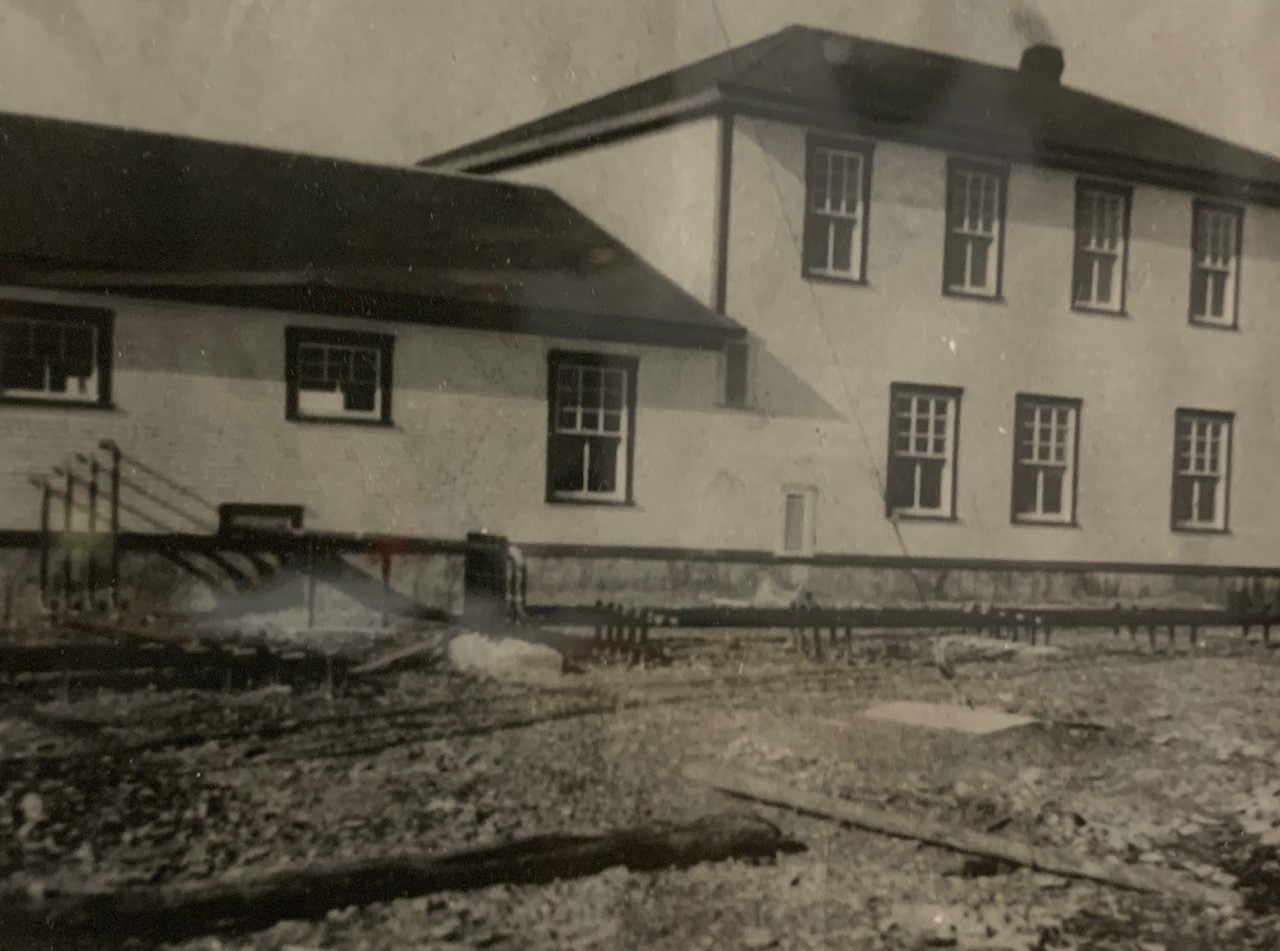
In 1957, Gander Radio moved to the then-new Lancaster building in Gander. Operations continued there for almost 30 years and saw considerable evolution in equipment, eventually moving into the computer age.
Gander Radio moved to the Gander Area Control Centre (ACC) in 1986, where it remains to this day.
For many years, all training for Transport Canada (later NAV CANADA) had been done through the training centre in Cornwall, Ontario. In 1992, Gander developed its own Gander Unit Specific Training (GUST) course which was administered locally.
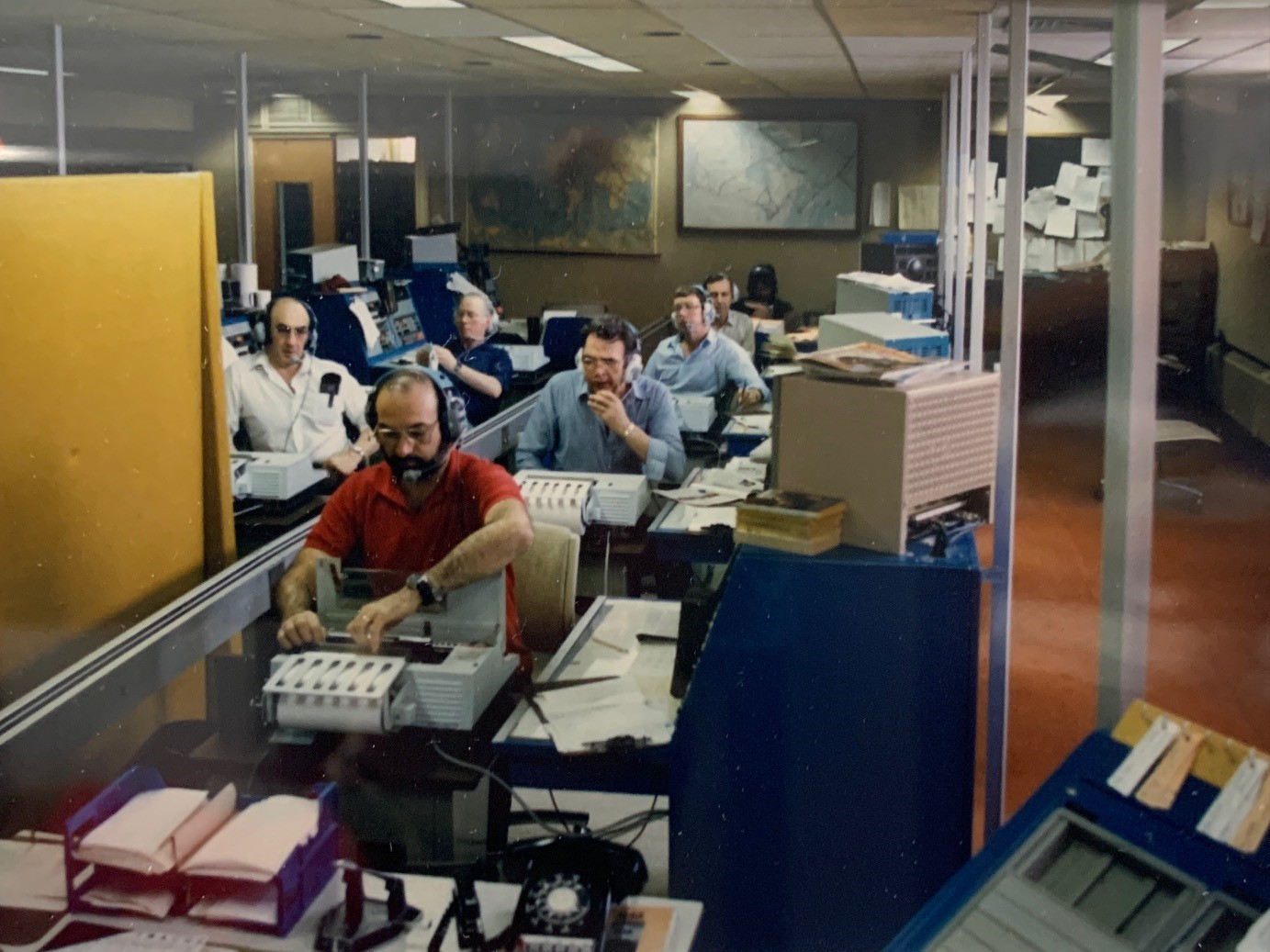
The IFSS team took over HF comms from Arctic Radio in 2007, becoming the only HF radio station in Canada. This change allowed NAV CANADA to communicate with pilots flying in polar airspace (Edmonton/Anchorage). Over 2.4 million sq km was added to the already vast 4 million sq km that Gander was already responsible for and extended the team’s area of responsibility to nearly 1/3 of the way around the globe.
Over the years, the station has witnessed monumental changes in aviation technology and regulations. From the early days of radio communication to the sophisticated satellite-based systems of today, the International Flight Service Station has consistently adapted and innovated to keep pace with the industry's evolution.
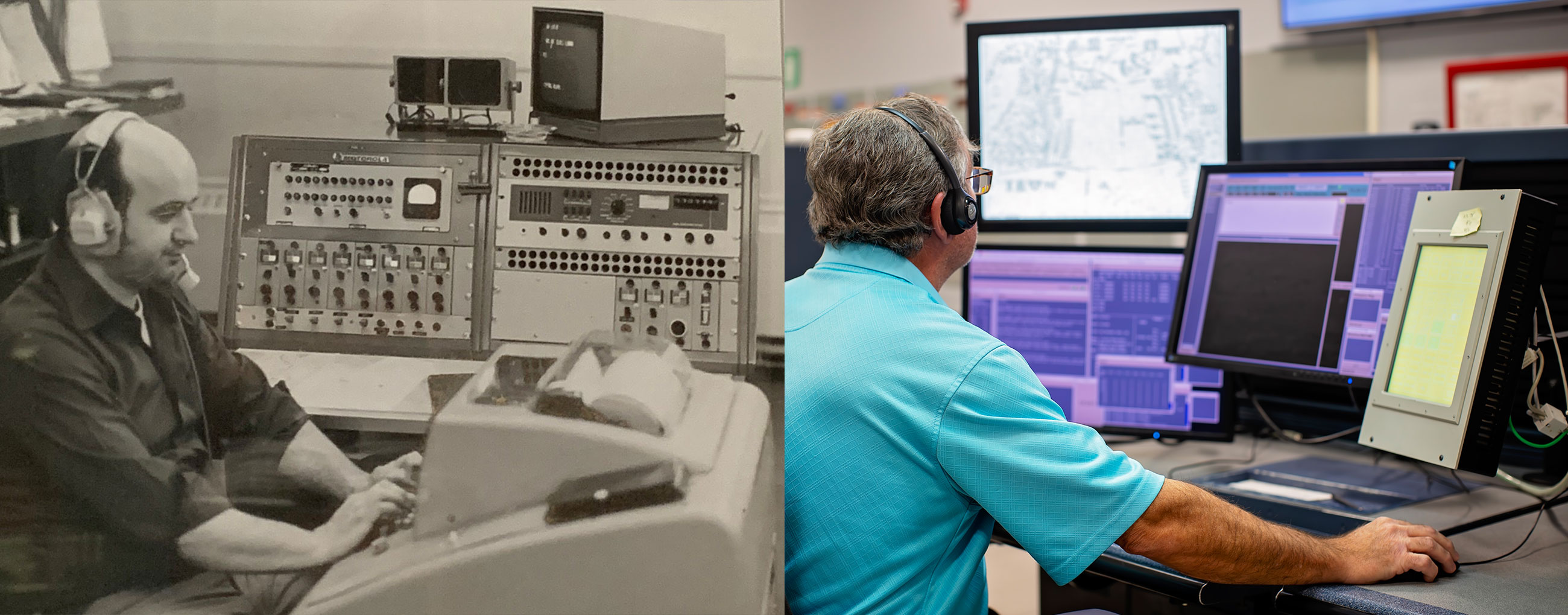
The 85th anniversary of the International Flight Service Station is a momentous occasion for the aviation industry. This venerable institution has been a beacon of reliability, ensuring the safe and efficient operation of international flights for nearly a century. Its unwavering commitment to excellence, innovation, and customer service makes it a model for the future of air travel. As we celebrate this milestone, we look forward to the International Flight Service Station's continued contributions to the dynamic world of aviation.